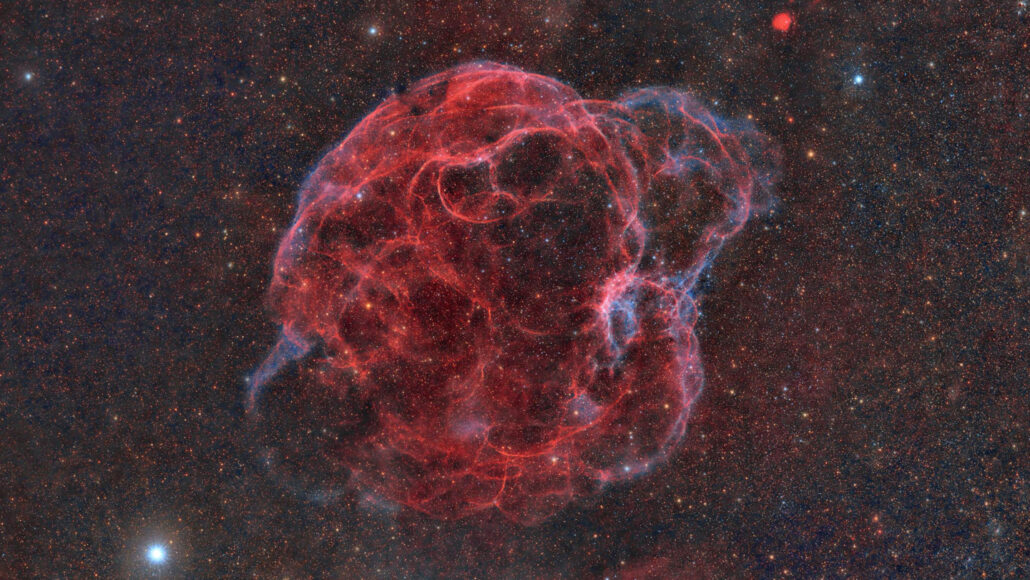
Chemistry
Scientists Say: Nucleosynthesis
For this nuclei-forging cosmic process, the Big Bang was just a way to get started.
Come explore with us!

For this nuclei-forging cosmic process, the Big Bang was just a way to get started.

Weekly updates to help you use Science News Explores in the learning environment
Thank you for signing up!
There was a problem signing you up.

Scientists are studying extraterrestrial moons for clues to how planets form, how life began — and whether there’s life out there right now.

Studies of gravitational waves, stars and other features of the universe could reveal whether such “primordial” black holes exist.

The senior project scientist for the JWST, Rigby believes being part of the LGBTQ+ community has made her a better astronomer.

This sandlike dust blankets planets, asteroids and other rocky surfaces of our solar system, including our own planet.

The star's odd tendrils were somehow formed by a supernova that skywatchers saw way back in 1181.

Voyager 1 and 2 left Earth in 1977 to fly by the outer planets. Nearly 50 years later, these spacecraft are still transforming our knowledge of space.

Astronauts on the space station have gathered data on everything from climate change to dark matter.

Images of six Jupiter-sized worlds taken by the James Webb Space Telescope offer clues to how planets and stars form.

Supernovas are spectacular stellar explosions that sprinkle heavy elements throughout the universe.